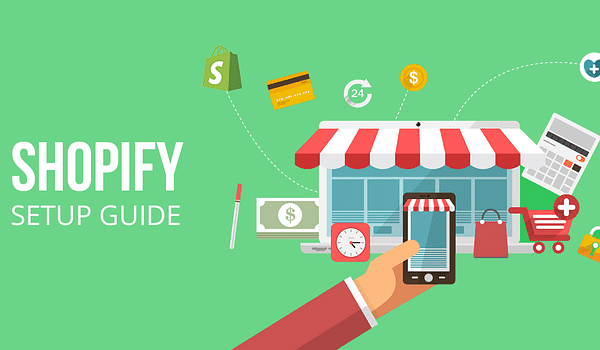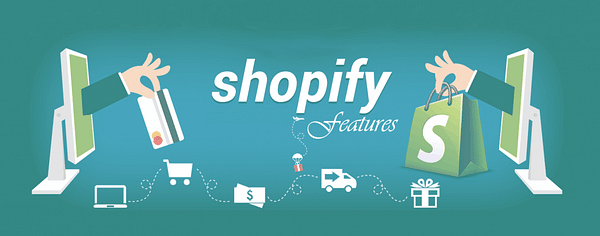Designing for Long-Term Growth: Scaling Your Shopify Store's Design
Introduction
Launching a successful Shopify store is just the beginning of your e-commerce journey. As your business grows, your online store's design must evolve to accommodate increasing traffic, changing user expectations, and emerging trends. Designing for long-term growth is a strategic approach that ensures your Shopify store remains relevant, engaging, and efficient as your customer base expands. In this blog post, we'll explore the key considerations and actionable steps to scale your Shopify store's design for sustained success.

The Importance of Scalable Design
Scalable design goes beyond aesthetics; it encompasses the adaptability of your store's layout, features, and user experience as your business expands. By focusing on scalability, you future-proof your store, allowing it to handle increased traffic, provide seamless user interactions, and accommodate new functionalities.
Assessing Your Current Design
Before embarking on the journey of scaling your store's design, it's crucial to assess its current state. Analyze user feedback, conversion rates, bounce rates, and usability metrics. Identify pain points and areas for improvement that will guide your design changes.
Creating a Flexible Design Architecture

Modular Design Elements: Opt for a modular design approach, where individual elements such as headers, footers, product sections, and CTAs are designed as modules. This allows for easier rearrangement and addition of elements as your store evolves.
Responsive Design: Ensure that your design is responsive and mobile-friendly. With the increasing use of mobile devices for shopping, a seamless mobile experience is non-negotiable.
Scalable Typography and Imagery: Choose typography and imagery that can scale without losing quality. This is particularly important as you introduce more products and content.
Optimizing Performance
Page Load Speed: As your store grows, page load speed becomes even more critical. Optimize images, leverage browser caching, and consider content delivery networks (CDNs) to ensure swift loading times.
Efficient Code: Regularly audit your store's codebase to remove unused scripts or plugins that might slow down performance. Clean, efficient code contributes to a smoother user experience shopify website development.
Navigational Hierarchy and User Experience

Clear Navigation: As your product range expands, maintaining a clear and intuitive navigation becomes paramount. Implement dropdown menus, filters, and search functionality to help users find what they're looking for.
User Flows: Analyze user flows and consider how customers move through your site. Optimize the journey from discovery to checkout, reducing friction points and encouraging conversions.
Personalization and Recommendations
Advanced Personalization: Implement advanced personalization features to recommend products based on browsing and purchase history. This enhances user engagement and drives sales.
Dynamic Product Displays: Use dynamic content blocks to display trending or recommended products. These can be updated easily to reflect changing trends and user preferences.
Preparing for Traffic Spikes
Scalable Hosting: Choose a hosting solution that can handle traffic spikes without compromising performance. Cloud-based hosting and managed Shopify plans are good options.
Load Testing: Periodically perform load testing to simulate heavy traffic and identify potential bottlenecks. This allows you to proactively address performance issues.
Adapting to Design Trends
Stay Current: Regularly update your store's design to align with current design trends and customer preferences. A modern, up-to-date design enhances user trust and engagement.
Consistent Branding: While adapting to trends, maintain consistent branding elements such as colors, logos, and typography to ensure brand recognition.
User Feedback and Iteration
Collect User Feedback: Continuously gather feedback from customers to identify pain points and areas for improvement. Consider using surveys, feedback forms, and user testing.
Iterate and Improve: Based on user feedback and data analytics, iterate on your design. Small, incremental changes can lead to significant improvements over time.
Conclusion
Scaling your Shopify store's design for long-term growth is a strategic investment in the success of your e-commerce business. By focusing on flexibility, performance, user experience, and adaptability, you create a foundation that can accommodate the evolving needs of your customers and business. With careful planning and a commitment to continuous improvement, your Shopify store's design can remain a powerful asset that drives engagement, conversions, and sustained growth.